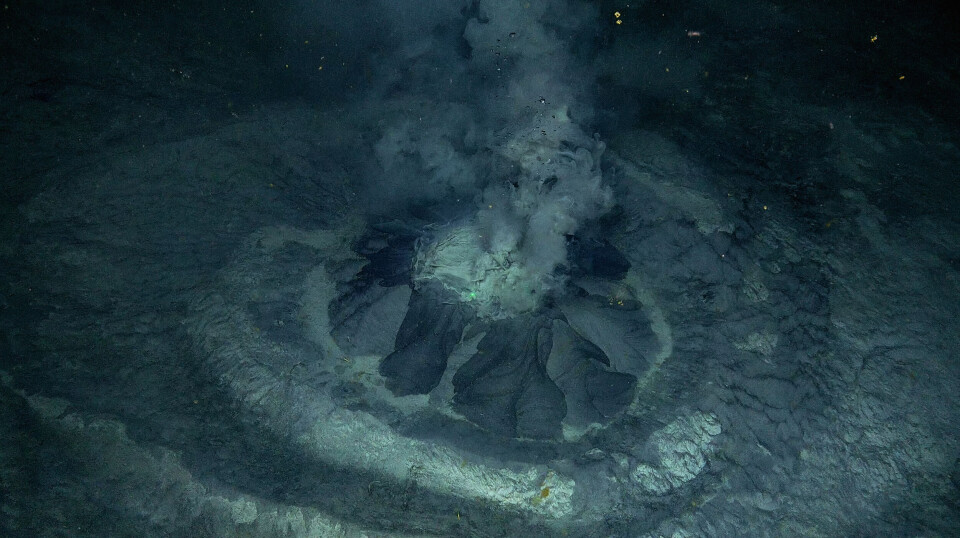
The deep sea: Researchers found mud volcanoes and collected hundreds of small creatures
“Every time you see a new piece of the seabed, you find something you haven't seen before,” says a marine researcher.
In May, researchers embarked on a month-long expedition to the Arctic.
Using the research vessel Kronprins Haakon, researchers and students from 16 countries travelled to the Fram Strait between Greenland and Svalbard.
They deployed a remotely operated vehicle (ROV) two to three thousand metres below the ocean surface.
“The instrument is like our eyes and hands on the sea floor,” says Giuliana Panieri, professor at UiT The Arctic University of Norway and expedition leader on the journey.
The goal was to investigate what kinds of species live in extreme environments deep in the dark.
The researchers collected hundreds of different creatures from deep-sea plains, seamounts, hydrothermal vents, and mud volcanoes.
“We know very little about the deep sea. On each expedition, I realise that there’s still so much to discover. This is just the beginning,” says Panieri.
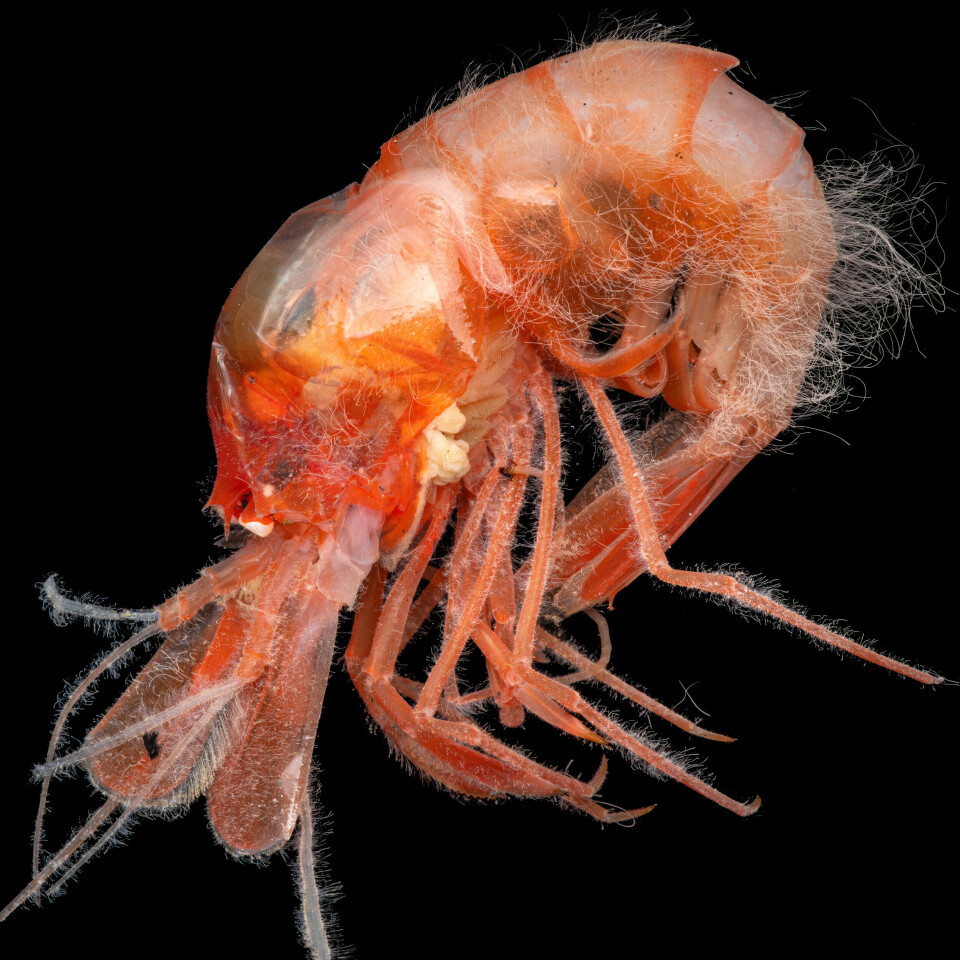
Hairy shrimp
There definitely seem to be new species among the individuals collected, according to Panieri.
This will be determined after a workshop in October at UiT. Specialists from around the world are invited to map the diversity found on the trip.
One of the strange creatures was a shrimp with hair-like protrusions.
“These shrimp were found at a depth of 3,000 metres, and there were so many of them. They were red and covered with something that looked like hair. But these were actually colonies of bacteria. These bacteria convert toxic hydrogen sulphides into energy, a living example of adaptation and symbiosis,” says Panieri.
Symbiosis is when two different organisms cooperate to survive.
Several types of fish were also observed.
“It’s fascinating to see these animals move on the bottom of the sea 3,000 metres below the surface,” she says.
Armoured crustaceans, stalked jellyfish that look like flowers, and fish with antifreeze proteins in their blood are examples of other animals that were collected. This is reported by Ocean Census on their website.
The organisation has collaborated with UiT and REV Ocean on the expedition.

Smoky on the seafloor
The project began with a thorough study to determine the most interesting locations to lower the underwater robot.
From the boat, researchers monitored the ROV as it moved through various dark environments, deciding which organisms and samples to retrieve.
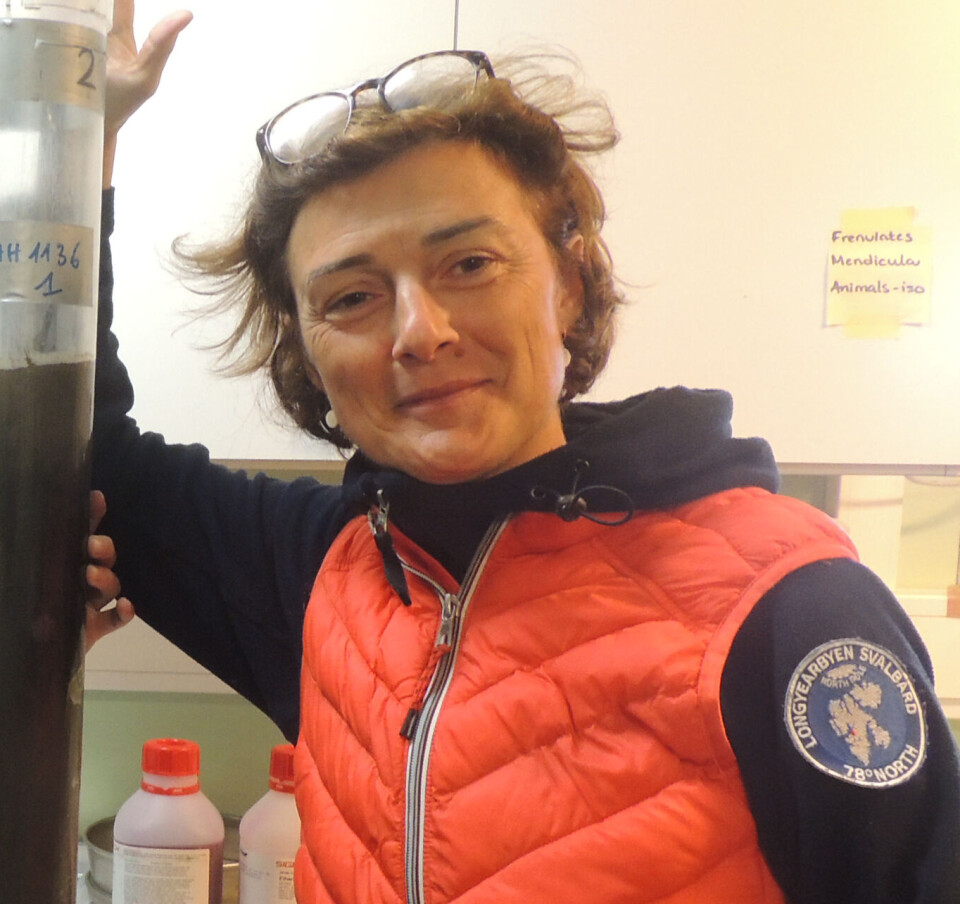
“One special moment captured by the ROV camera was when we encountered a hydrothermal vent,” says Panieri.
Along the mid-ocean ridge, where the tectonic plates are moving, these hot springs occur in a few places. Scalding water, rich in minerals, flows up from the seabed.
“On the screen, we started to see a kind of smoke. As we moved towards the seabed, we realised it was being emitted by a chimney, a hydrothermal vent. Those images were so surreal!” she says.
The researchers knew that the ‘smoke’ was actually heated water mixed with minerals and various chemicals.
“Around these active chimneys, we saw vibrant and dense communities of organisms thriving under conditions deadly to most life forms, such as bacteria and crustaceans,” she says.
Special organisms around hydrothermal vents base their nutrition on chemical energy rather than energy from the sun.
See clips and more photos from the expedition in the film below.
A magnificent sight
“Another unforgettable moment was when the ROV camera explored a site a couple of thousand metres below the ocean surface, revealing gas hydrates on the seabed,” says Panieri.
Gas hydrates are a mixture of natural gas and ice underwater. They form under certain conditions of cold water and high pressure, which can occur in deep water and marine sediments.
“We could see a dense colony of what looked like white, feathered organisms. These turned out to be colonies of beard worms, which depend on symbiotic relationships with bacteria to survive in such harsh conditions,” she says.
In some places, beard worms cover the seabed like a miniature forest.
“The scene was ghostly and beautiful, as these organisms swayed with the gentle movements of the water,” she says.
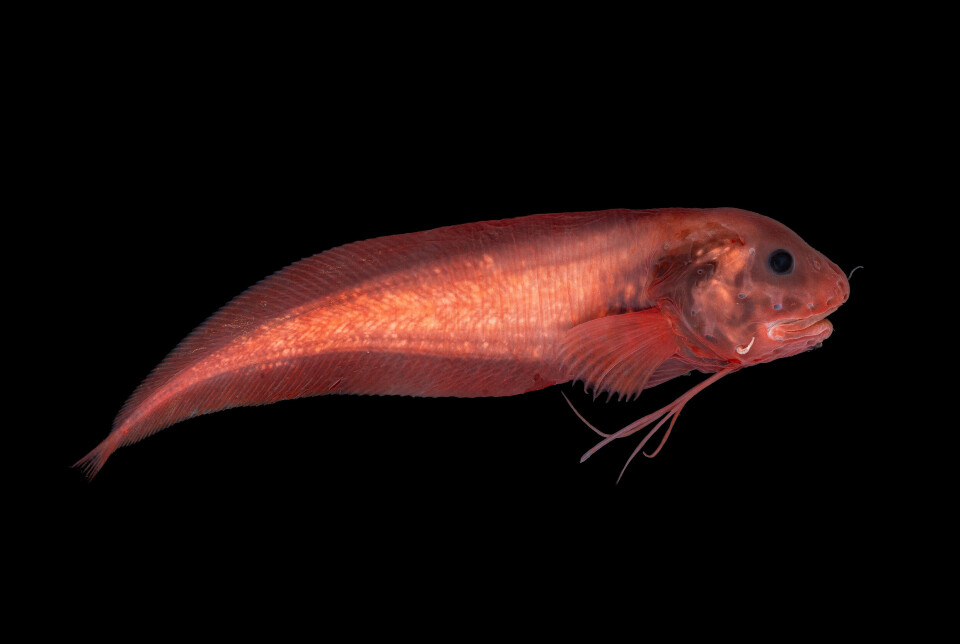
Rare volcano
The second part of the expedition was dedicated to exploring mud volcanoes.
“These are volcanoes that naturally emit methane and fluids. Some of them also show indications of oil,” says Panieri.
Researchers conducted further studies on a mud volcano discovered last year, named Borealis. It is a rare sight.
“Borealis is only the second mud volcano discovered in Norwegian territory,” says Panieri.
Borealis is seven metres wide and two and a half metres high. It sits in a crater much larger, formed by a massive methane blowout thousands of years ago.
“This is a site where methane has been leaking for around 18,000 years,” she says.
Panieri describes these structures as a window into the Earth's interior. Sediments and other materials seep up from deep within the seabed through the mud volcanoes.
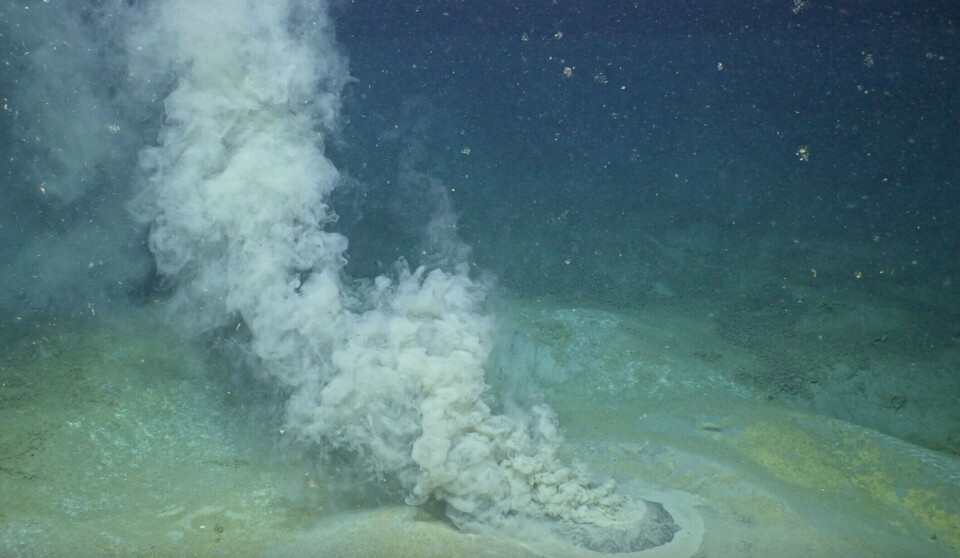
Refuge for fish
What is also interesting about Borealis are the organisms that live there, says Panieri.
“Because this is a cold seep, there’s a lot of carbonated crust around. You have methane emissions and calcium carbonate deposits forming rock,” she says.
These rocks serve as a refuge for fish at Borealis, some of which are commercially valuable species, Panieri explains.
Are there special bacteria at mud volcanoes that thrive in the unique environment, similar to those at hydrothermal vents?
This is something the researchers aim to find out. A microbiologist from UiT joined the expedition to work with samples from the mud volcanoes.
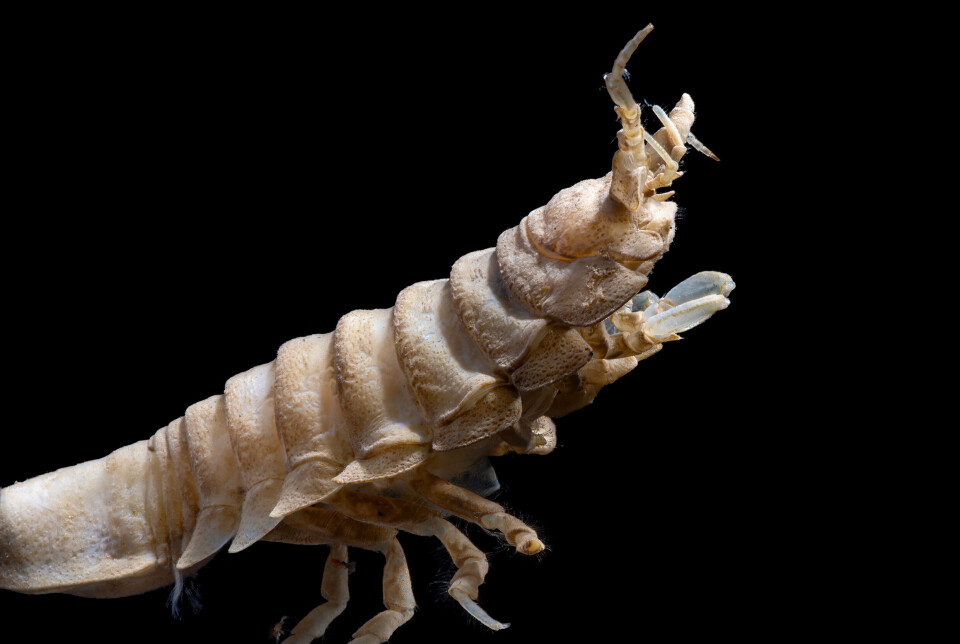
New discoveries
The researchers were fortunate, and the discoveries did not end there. A total of eight new mud volcanoes were found during the expedition.
“Finding eight new mud volcanoes was surprising and exciting. Mud volcanoes are geological structures that are not only fascinating but also important for understanding geological processes. Discovering so many on one trip provided a wealth of data and is a testament to how much remains unknown about deep-sea environments,” says Panieri.
Gas and sediment samples were taken from most of the mud volcanoes, researcher Rune Mattingsdal said in an article from the Norwegian Offshore Directorate in June.
These samples can reveal the age of the mud and the sources of the gas and possibly other hydrocarbons.
“Mud volcanoes around the world are often associated with hydrocarbon deposits, and may therefore be of interest in connection with exploration for oil and gas,” Mattingsdal said.
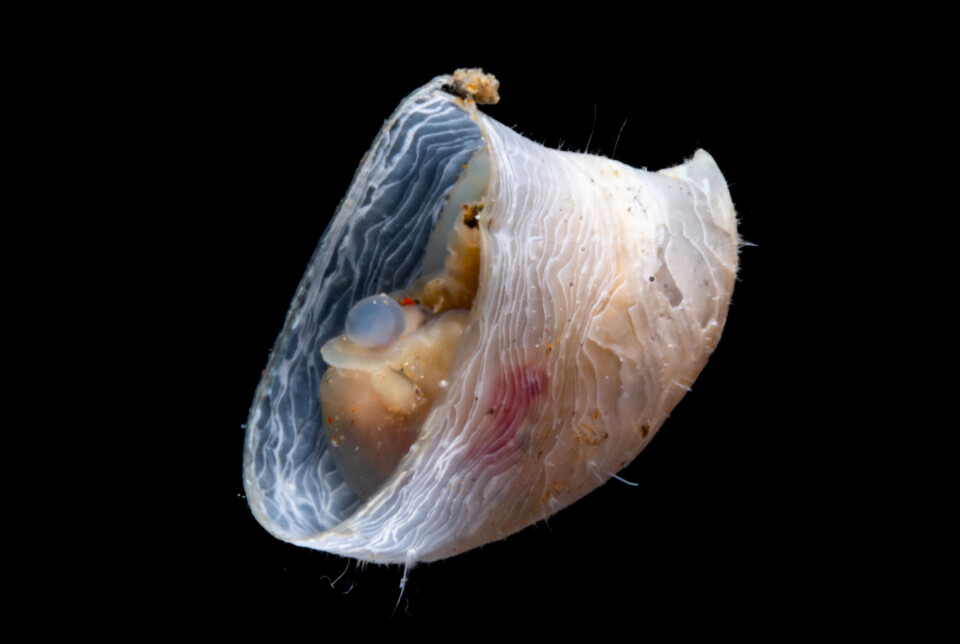
Understanding the consequences
Mapping biodiversity is crucial, especially since Norway has taken the first step towards seabed mining.
“Every time you see a new section of the seabed, you find something you haven't seen before. We absolutely need to study these environments to comprehend the impact and consequences of any activities,” says Panieri.
New studies, including environmental DNA analysis, will reveal much more about biodiversity than previously possible, the researcher explains.
———
Translated by Alette Bjordal Gjellesvik
Read the Norwegian version of this article on forskning.no






































